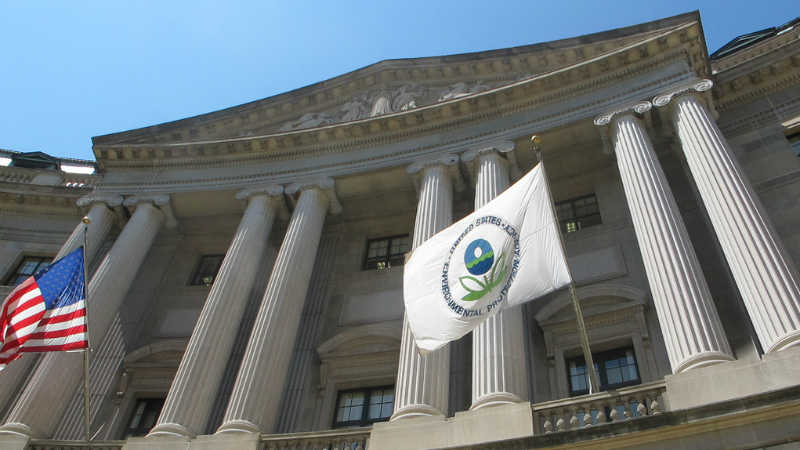The Vermont Public Interest Research Group announced today that it is going to federal court to urge review of two rules recently proposed by the Environmental Protection Agency (EPA) to implement the 2016 Lautenberg Chemical Safety Act. The petitions challenge final rules issued by the EPA concerning how the agency will prioritize chemicals for safety review and evaluate the risks of those chemicals. The petitions allege the rules fall short of requirements in the reformed law designed to ensure all workers and consumers are protected in any chemical regulation. The petition was filed jointly by Safer Chemicals, Healthy Families and Earthjustice through the U.S. Court of Appeals for the Ninth Circuit. VPIRG and the Asbestos Disease Awareness Organization joined in the litigation.
The federal legislation passed last year constituted the first major reform of the Toxic Substances Control Act in 40 years. One of the reasons that Congress finally decided to update the law was the fact that regulatory action at the state level has been increasing in recent years. Vermont has been one of the leading states in reforming its regulatory approach to chemicals.
“It is unacceptable that the Trump Administration has chosen to protect the chemical industry over our kids. We are fighting back to protect Vermont families today,” said Johanna de Graffenreid of VPIRG, a leading proponent of Vermont’s efforts to strengthen chemical safety rules. “We are taking the Trump administration to court, and we will continue to press leaders here in Vermont to protect families and our environment from toxic chemicals.”
In 2016, hundreds of residents in Bennington County were shocked to learn that their private wells were contaminated with PFOA, a toxin linked to a number of health effects. The discovery led to the consideration of legislation to significant strengthen Vermont’s chemical regulatory laws.
“There are tens of thousands of largely unregulated chemicals used in consumer products and manufacturing processes in the United States,” explained de Graffenreid of VPIRG. “It’s time for the federal government to step up. But if that federal action is too weak or slow, the states will not sit idly by.”
“As proposed, the rules bring back in some of the failures of the original law,” said Andy Igrejas, the Director of Safer Chemicals, Healthy Families. “If we’re going to swing all the way through with reform, those provisions have to change.”
[Photo credit: Paul Fagan via Flickr — Creative Commons]

